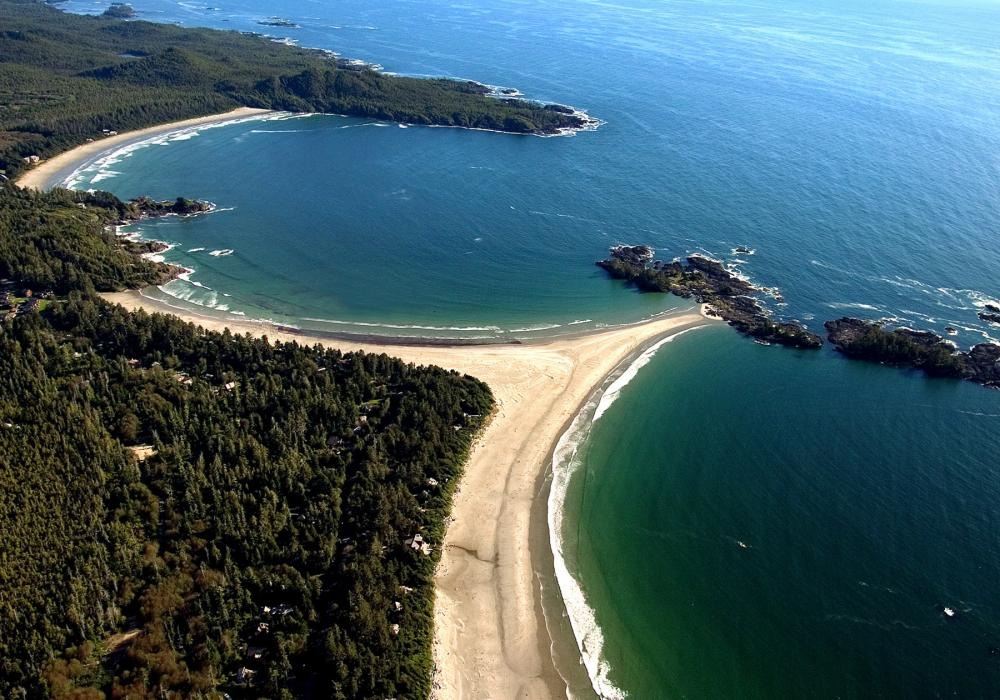Coastal Environments and the Ocean

Most people love shorelines. Panoramic ocean views, sandy beaches on crystal-clear lagoons, swimming and surfing, going out in boats, or watching giant waves crash onto rocky shores. For people living within or near a coast, understanding coastal and oceanic processes is necessary to avoid material or life losses. But for all Earth inhabitants, understanding the Earth’s ocean is critical.You will see that the ocean connects us all. Understanding the ocean is essential to comprehending and protecting the planet on which we live. (0)
Learning Objectives
- List ways in which we affect the ocean and the ocean affects us.
- Summarize the factors that control wave formation and the important features of waves.
- Describe the origins of coastal currents.
- Explain why some coasts are more affected by erosion than others.
- Describe the formation of coastal erosional features, including stacks, arches, cliffs, and wave-cut platforms.
- Summarize the origins of beaches, spits, bay mouth bars, tombolos, and barrier islands.
- Explain the various mechanisms of sea-level change (eustatic, isostatic, and tectonic) and the implications for coastal processes.
- Compare the positive and negative implications of human interference with coastal processes.

